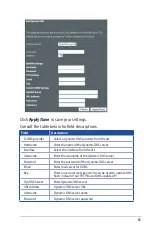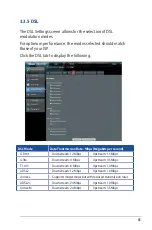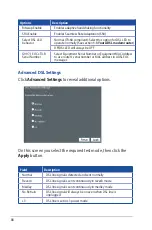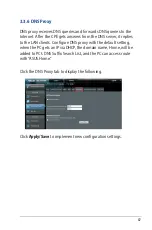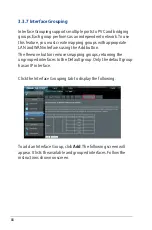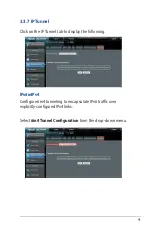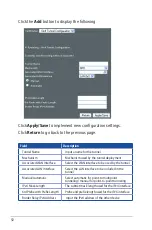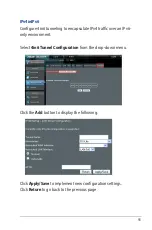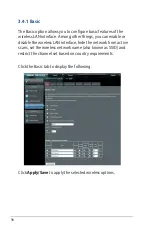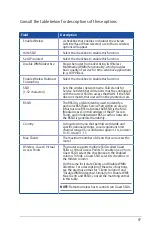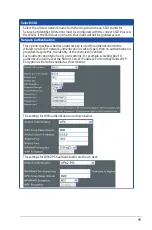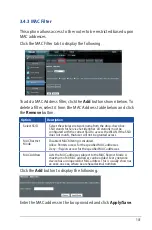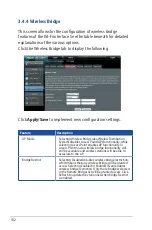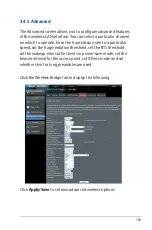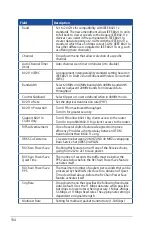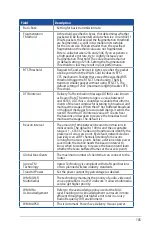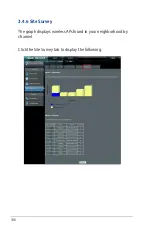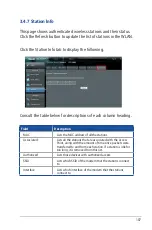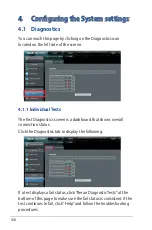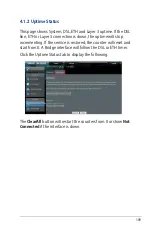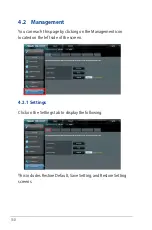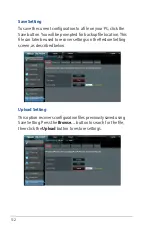
97
Consult the table below for descriptions of these options.
Field
Description
Enable Wireless
A checkbox that enables or disables the wireless
LAN interface. When selected, a set of basic wireless
options will appear.
Hide SSID
Select the checkbox to enable this function.
Set AP isolated
Select the checkbox to enable this function.
Disable WMM Advertise
Stops the router from ‘advertising’ its Wireless
Multimedia (WMM) functionality, which provides
basic quality of service for time-sensitive applications
(e.g. VoIP, Video).
Enable Wireless Multicast
Forwarding
Select the checkbox to enable this function.
SSID
[1-32 characters]
Sets the wireless network name. SSID stands for
Service Set Identifier. All stations must be configured
with the correct SSID to access the WLAN. If the SSID
does not match, that user will not be granted access.
BSSID
The BSSID is a 48-bit identity used to identify a
particular BSS (Basic Service Set) within an area. In
Infrastructure BSS networks, the BSSID is the MAC
(Media Access Control) address of the AP (Access
Point); and in Independent BSS or ad hoc networks,
the BSSID is generated randomly.
Country
A drop-down menu that permits worldwide and
specific national settings. Local regulations limit
channel range: US= worldwide, Japan=1-14, Jordan=
10-13, Israel= 1-13
Max Clients
The maximum number of clients that can access the
router.
Wireless - Guest / Virtual
Access Points
This router supports multiple SSIDs called Guest
SSIDs or Virtual Access Points. To enable one or more
Guest SSIDs select the checkboxes in the Enabled
column. To hide a Guest SSID, select its checkbox in
the Hidden column.
Do the same for Isolate Clients and Disable WMM
Advertise. For a description of these two functions,
see the previous entries for “Clients Isolation” and
“Disable WMM Advertise”. Similarly, for Enable WMF,
Max Clients and BSSID, consult the matching entries
in this table.
NOTE
: Remote wireless hosts cannot scan Guest SSIDs.

